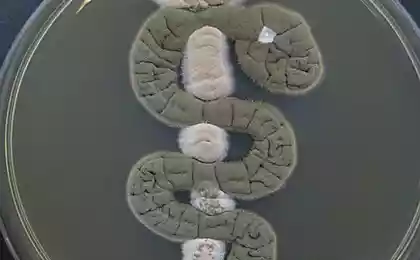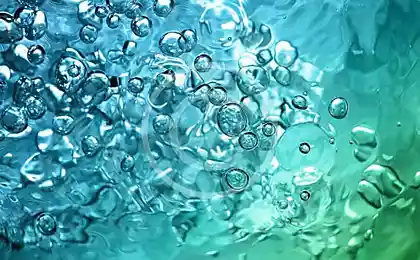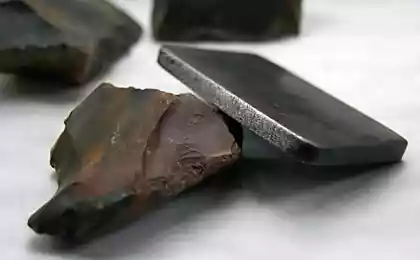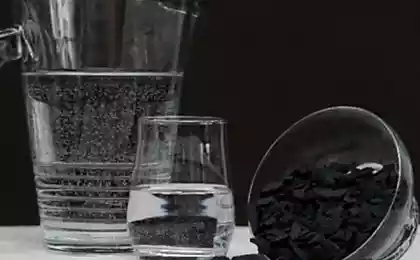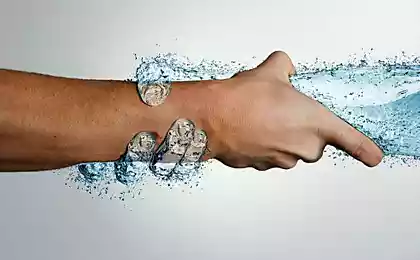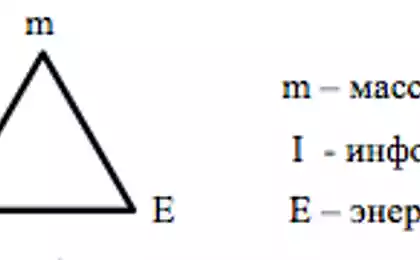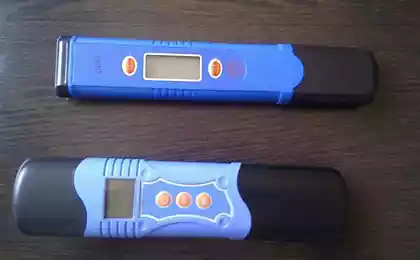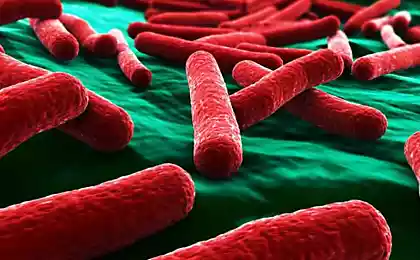495
Bio electronic nose finds bacteria in water
Currently, when scientists want to test whether the water bacteria, they have two main options. They can take a sample to the lab, which will attempt to verify whether the suspects they grow bacteria, and then counting the number of colonies obtained, to determine the concentration.
Or you can perform water using expensive laboratory equipment gas chromatography or mass spectrometry.
To avoid these difficulties, researchers from Seoul national University have developed a "bio electronic nose" that can be used on the site, and reportedly, he is more sensitive than existing methods.
When bacteria are present in water in high enough concentrations, we can identify them by smell. Even if there are not enough microbes that can cause actual health risks, the smell can warn of its use.
Bioelectric nose works like the human nose: it detects the presence of odour molecules in real time. In fact, it uses lab-grown human olfactory receptors, combined with the field-effect transistor based on carbon nanotubes.
We selected two specific types of receptors due to their ability to detect two common types of bacteria that produce molecules of molds and odor - geosmin (GSM) and 2-methylisoborneol (MIB). Unlike our nose, the device can find them even when they are mixed with various other smells, even in such low concentrations as 10 nanograms per liter (34 ounces) of water.
The human nose, however, can detect much more than just molecules of two types of odors. That's why leading scientist Professor tai Hyun Park (Tai Hyun Park) hopes to improve the range of the device his team. "The human nose has approximately 400 different olfactory receptors," he says. "If we can improve our technology so that to install them all, we would have a device that could "smell" all that a man can, but in lower concentrations".
After she usovershenstvuetsya and miniaturized, this technology can be used not only to detect bacteria, and to test for the presence of certain biomarkers of disease or illegal drugs. It can be further used in the development of products such as perfume, wine and coffee, and even the definition of an objective database of smells that could lead to a universal "code smell". published
P. S. And remember, only by changing their consumption — together we change the world! ©
Join us in Facebook and in Vkontakte, and we're Classmates
Source: www.facepla.net/the-news/5191-биоэлектронный-нос.html
Or you can perform water using expensive laboratory equipment gas chromatography or mass spectrometry.
To avoid these difficulties, researchers from Seoul national University have developed a "bio electronic nose" that can be used on the site, and reportedly, he is more sensitive than existing methods.
When bacteria are present in water in high enough concentrations, we can identify them by smell. Even if there are not enough microbes that can cause actual health risks, the smell can warn of its use.
Bioelectric nose works like the human nose: it detects the presence of odour molecules in real time. In fact, it uses lab-grown human olfactory receptors, combined with the field-effect transistor based on carbon nanotubes.
We selected two specific types of receptors due to their ability to detect two common types of bacteria that produce molecules of molds and odor - geosmin (GSM) and 2-methylisoborneol (MIB). Unlike our nose, the device can find them even when they are mixed with various other smells, even in such low concentrations as 10 nanograms per liter (34 ounces) of water.
The human nose, however, can detect much more than just molecules of two types of odors. That's why leading scientist Professor tai Hyun Park (Tai Hyun Park) hopes to improve the range of the device his team. "The human nose has approximately 400 different olfactory receptors," he says. "If we can improve our technology so that to install them all, we would have a device that could "smell" all that a man can, but in lower concentrations".
After she usovershenstvuetsya and miniaturized, this technology can be used not only to detect bacteria, and to test for the presence of certain biomarkers of disease or illegal drugs. It can be further used in the development of products such as perfume, wine and coffee, and even the definition of an objective database of smells that could lead to a universal "code smell". published
P. S. And remember, only by changing their consumption — together we change the world! ©
Join us in Facebook and in Vkontakte, and we're Classmates
Source: www.facepla.net/the-news/5191-биоэлектронный-нос.html
